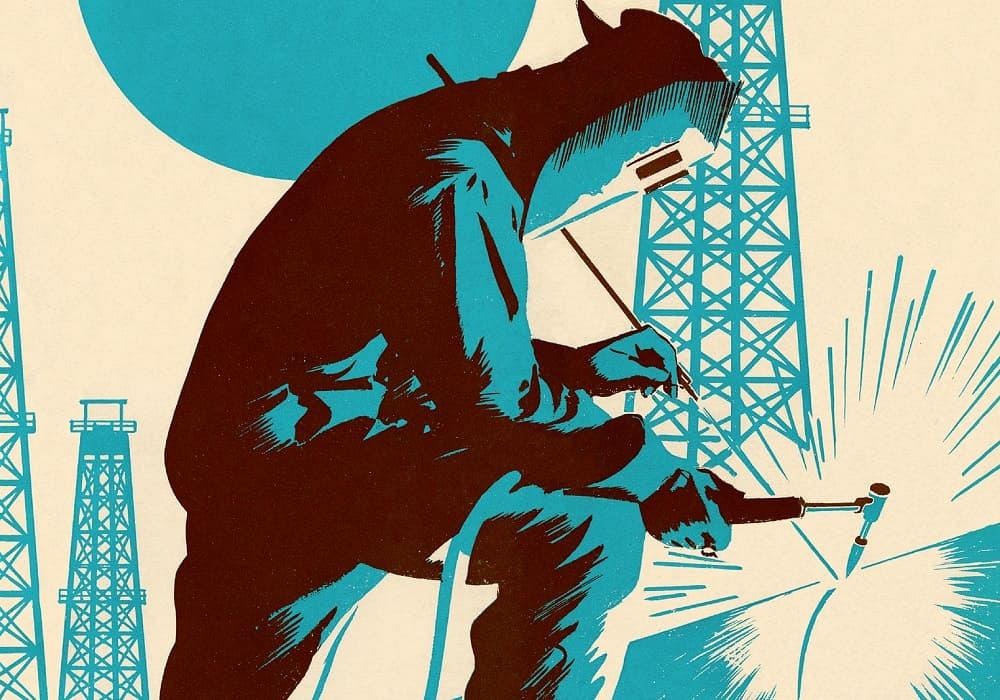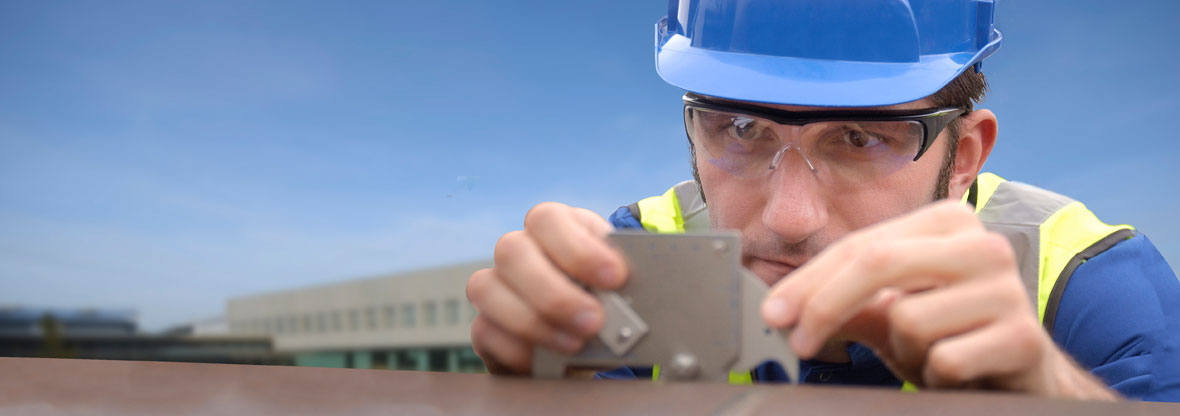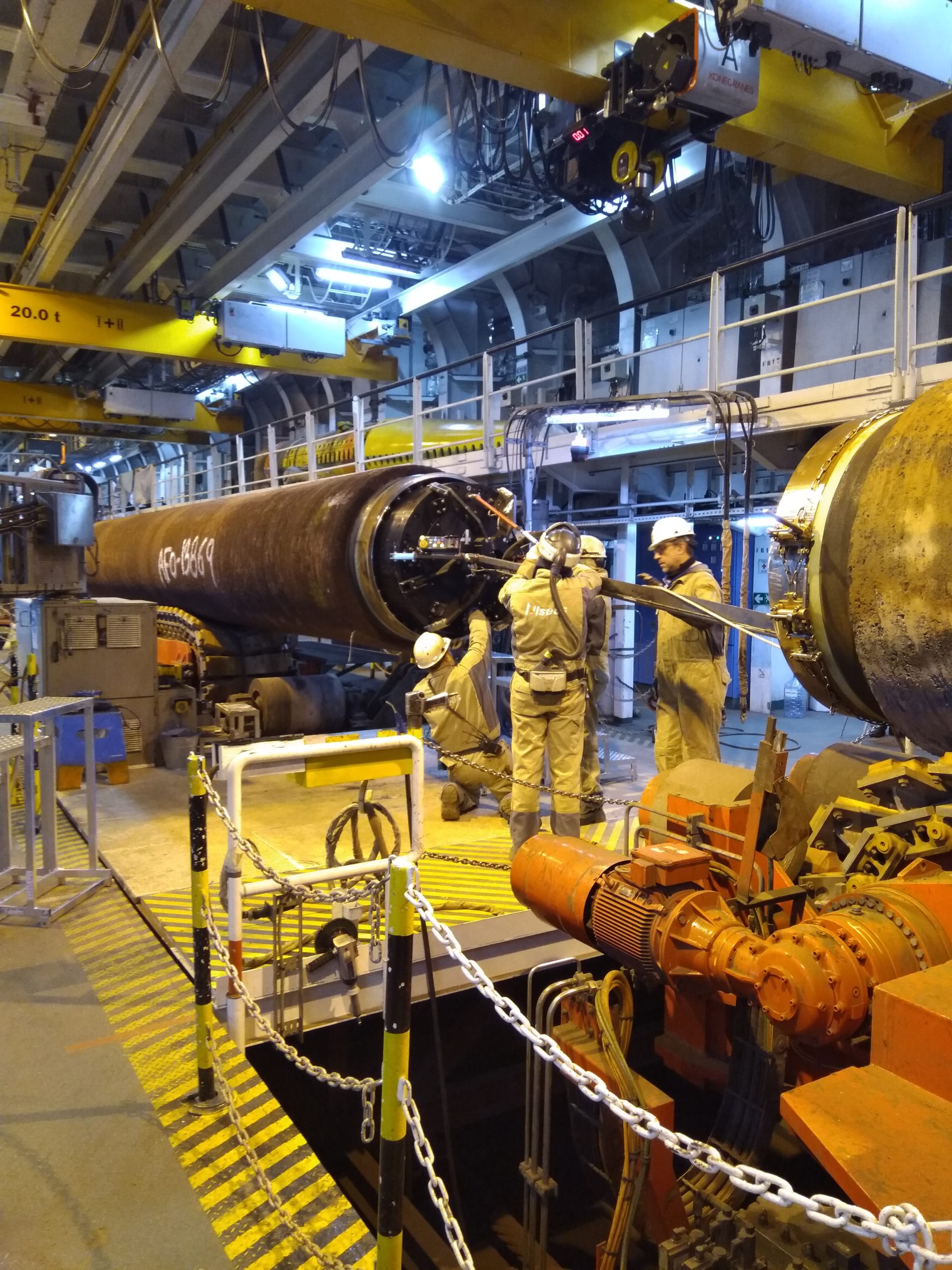
Finest Practices for Pipeline Welding Inspection: Techniques, Criteria, and Procedures to Achieve Quality Control and Compliance
Reliable pipe welding evaluation is essential for ensuring the stability and safety and security of critical framework. By utilizing a mix of strategies such as aesthetic examination and advanced non-destructive screening approaches, together with adherence to developed industry standards like those from ASME and AWS, companies can dramatically boost their top quality guarantee processes. Nonetheless, the application of these ideal methods positions various obstacles that warrant mindful consideration. Comprehending the complexities associated with each stage of evaluation is critical to achieving compliance and integrity in pipe systems. What specific techniques can be used to browse these obstacles efficiently?
Significance of Welding Examination
The honesty of welded joints is critical in ensuring the safety and integrity of pipeline systems. Appropriate welding techniques and detailed assessment procedures are important to stop failures that can cause tragic occurrences, ecological damage, and loss of life. Pipeline Welding Inspection. Welding evaluation serves as a safety net, determining flaws such as fractures, porosity, and insufficient combination before they escalate into significant problems
Furthermore, pipe systems frequently run under high pressure and extreme conditions, making the quality of welds even extra important. Regulative conformity is one more substantial facet, as various standards determine the high quality guarantee processes that must be followed in pipe building and upkeep. Failing to conform can lead to lawful implications and monetary losses.

The function of welding evaluation prolongs past plain confirmation of workmanship; it incorporates the assurance of long-lasting functional integrity. This entails a systematic strategy that consists of not only aesthetic inspections but also advanced non-destructive testing techniques. Eventually, efficient welding examination is an investment in the longevity and safety and security of pipe systems, guaranteeing they function as intended while minimizing risks related to product deficiencies.
Key Assessment Strategies

Aesthetic evaluation, typically the first line of defense, enables for the identification of surface area problems such as splits, undercuts, and porosity. Ultrasonic testing utilizes high-frequency sound waves to identify internal defects, using a thorough evaluation of weld honesty. This non-destructive technique is especially reliable for determining discontinuities that might not show up on the surface area.
Radiographic testing includes making use of X-rays or gamma rays to produce photos of the bonded joint, exposing interior issues. This technique offers detailed insights but might need specialized tools and safety and security considerations. Last but not least, magnetic fragment testing is effective for discovering surface area and near-surface gaps in ferromagnetic materials, utilizing electromagnetic fields and great iron fragments.
Sector Requirements and Regulations
Compliance with industry criteria and guidelines is vital for guaranteeing the top quality and safety and security of pipeline welding evaluations. These standards give a structure for ideal methods in welding procedures, products, and examination strategies, enabling organizations to reduce flaws and improve the stability of pipe systems. Trick bodies such as the American Culture of Mechanical Designers (ASME), the American Welding Society (AWS), and the International Company for Standardization (ISO) set forth guidelines that are extensively recognized and taken on within the market.
In the USA, laws from the Pipeline and Hazardous Products Security Administration (PHMSA) control the security of pipe procedures, mandating strenuous assessment protocols. These criteria not only offer to shield public safety and security and the setting however additionally make certain compliance with lawful and legal responsibilities. Adherence to the relevant codes, such as ASME B31.3 for process piping, is essential for maintaining functional efficiency and governing compliance.
Furthermore, continual updates and alterations to these requirements show technological innovations and evolving sector methods, emphasizing the need for organizations to remain educated and train workers appropriately. Eventually, robust conformity with well established requirements promotes trust and integrity in pipe framework, safeguarding both stakeholders and possessions.
Efficient Examination Procedures
Effective examination treatments are vital for determining potential flaws in pipe welds and ensuring the general stability of the system. A methodical Learn More Here strategy to assessment incorporates several vital stages, including pre-weld, in-process, and post-weld evaluations. Each stage plays an important role in keeping quality control.
During pre-weld evaluation, it is essential to examine the products and joint setups, making sure compliance with job requirements. In-process assessments include keeping an eye on welding strategies and specifications, such as warmth input and take a trip rate, to stop defects from taking place. This stage enables real-time adjustments to welding practices.
Post-weld examinations consist of non-destructive screening (NDT) methods like radiography, ultrasonic screening, and magnetic bit screening. These techniques help detect internal and surface area imperfections that can jeopardize the pipeline's functionality. find more information Paperwork of all inspection tasks is paramount, providing a deducible document that sustains compliance with industry requirements.
Educating and certification of examination workers additionally improve the performance of these procedures. By adhering to an organized examination procedure, companies can minimize threats, ensure conformity, and ultimately provide pipelines that satisfy stringent safety and efficiency needs.
Common Difficulties and Solutions
Pipeline welding inspection presents numerous usual obstacles that can impact the top quality and security of the end product. One considerable challenge is the variability in welding strategies and materials, which can cause irregular weld high quality. To resolve this, it is vital to develop standardized treatments and training for welders, making sure a consistent strategy throughout tasks.

Environmental variables, including temperature level and moisture, can additionally affect the welding procedure, potentially leading to fractures or insufficient combination. Executing controlled settings and sticking to pre-weld treatments can reduce these threats.
Conclusion
Finally, the application of best methods for pipeline welding evaluation is vital for ensuring quality assurance and compliance with market criteria. A detailed approach, including various strategies sites such as aesthetic, ultrasonic, and radiographic testing, facilitates the identification of defects throughout all stages of the welding procedure. Pipeline Welding Inspection. Adherence to developed policies and efficient evaluation treatments not just boosts the reliability and safety and security of pipeline systems however also mitigates dangers connected with welding issues, thus advertising total functional stability
Conformity with industry standards and regulations is vital for making sure the quality and safety and security of pipeline welding inspections. These criteria give a structure for ideal techniques in welding procedures, products, and assessment methods, enabling organizations to minimize defects and enhance the integrity of pipe systems.In the United States, laws from the Pipe and Hazardous Products Safety Administration (PHMSA) regulate the safety of pipeline procedures, mandating rigorous examination methods. A methodical technique to inspection encompasses numerous vital phases, including pre-weld, in-process, and post-weld inspections.In final thought, the application of best techniques for pipeline welding assessment is vital for ensuring high quality guarantee and compliance with market criteria.
Comments on “Pipeline Welding Inspection: Ensuring Safety And Security and Top Quality in Every Weld”